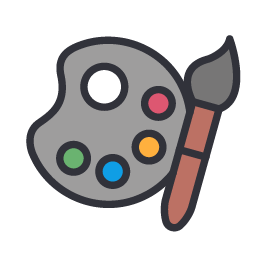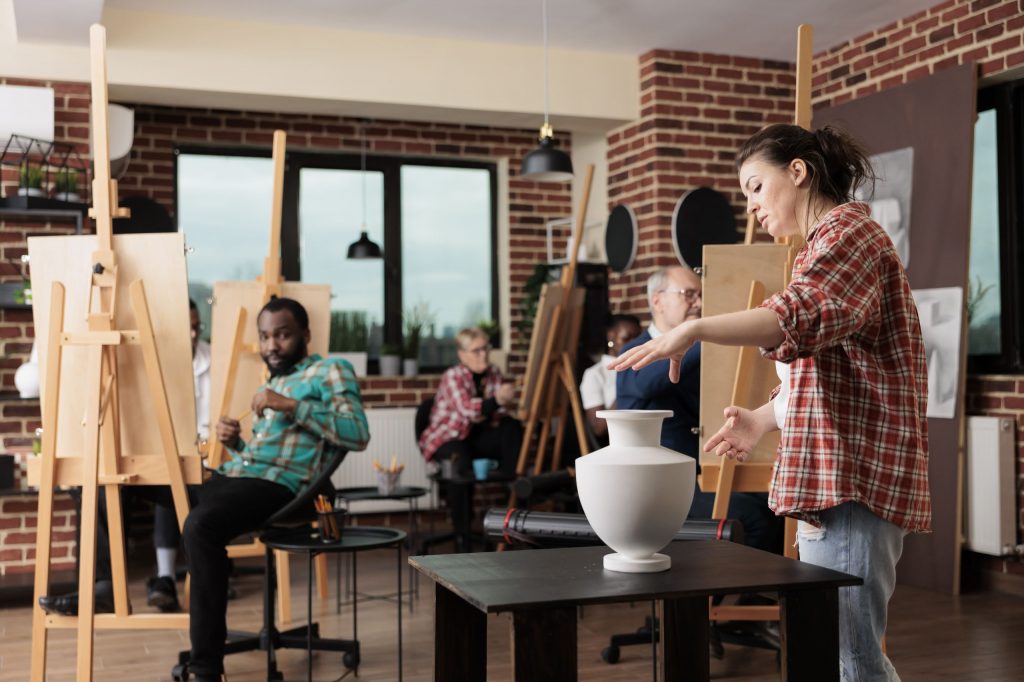Even the most passionate artists face moments when the page stays blank and ideas feel out of reach. Whether you’re just beginning or you’ve been drawing for years, creative blocks are normal — and they don’t mean you’ve “run out” of talent. Often, they’re an invitation to slow down, shift your focus, and reconnect with what truly moves you.
So where does inspiration come from? And how can you find it when it feels lost?
1. Look Outside — Then Look Closer
Nature is one of the oldest and richest sources of artistic inspiration. From the texture of tree bark to the way light falls on a puddle, the world outside is full of subtle details waiting to be noticed. Go for a short walk with a sketchbook — not to create anything specific, but simply to observe.
Try sketching objects you normally overlook: leaves, shadows, cracks in the sidewalk. Sometimes, inspiration hides in the quiet spaces we pass by every day.
2. Embrace the Ordinary
You don’t need to visit a mountain range or art museum to feel inspired. Look around your room. The patterns on your bedsheets, the clutter of your desk, the way your coffee cup casts a shadow — all of these can become the subject of a drawing.
One exercise we often recommend to our students is the “Everyday Object Challenge”: choose one item from your surroundings and draw it five different ways — upside down, abstracted, from memory, with only one line, or in exaggerated perspective. This helps your mind play, and inspiration usually follows play.
3. Explore Other Art Forms
Inspiration isn’t limited to visual input. Listen to music, read poetry, watch dance performances — and then draw how they feel. You might not know exactly what to put on the page at first, but responding to another art form opens up surprising emotional landscapes.
Cross-pollinating your creativity with different mediums often brings out new energy in your drawings. You’re not copying — you’re translating.
4. Keep a Visual Journal
Many artists keep a sketchbook, but a visual journal is something different. It’s not about finished work — it’s about capturing fleeting ideas, moods, and thoughts visually. It can include tiny sketches, scribbled words, ticket stubs, paint smears, or anything that feels meaningful.
This kind of journal becomes your personal inspiration archive. On days when you feel empty or uninspired, flipping through it can remind you of forgotten ideas, old fascinations, or colors that once moved you.
5. Allow Boredom to Exist
Yes — boredom can be a powerful creative force. In today’s overstimulated world, we rarely sit in silence. But letting yourself do nothing, even for a few minutes, can give your brain space to connect ideas in new ways.
Set a timer for 10 minutes. Don’t look at your phone. Don’t try to force a drawing. Just sit with your sketchbook and let your thoughts wander. The urge to make something might come quietly — and that’s often the start of real inspiration.
6. Create Without a Goal
Sometimes we get stuck because we expect every drawing to mean something or look a certain way. Let go of that pressure. Set a timer for 15 minutes and draw with no purpose — just lines, shapes, patterns, whatever comes out.
These “no-pressure sessions” are incredibly freeing. They help silence the inner critic and remind you why you love drawing in the first place.
Inspiration Isn’t Found — It’s Noticed
The truth is, inspiration is always around us. It lives in the ordinary, the unexpected, the forgotten. It appears when we make room for it — not when we chase it.
So next time you feel stuck, take a breath. Change your pace. Draw something small. The spark will return.
Want more creative prompts and exercises?
Check out our courses and blog for weekly inspiration designed to keep your imagination flowing.

